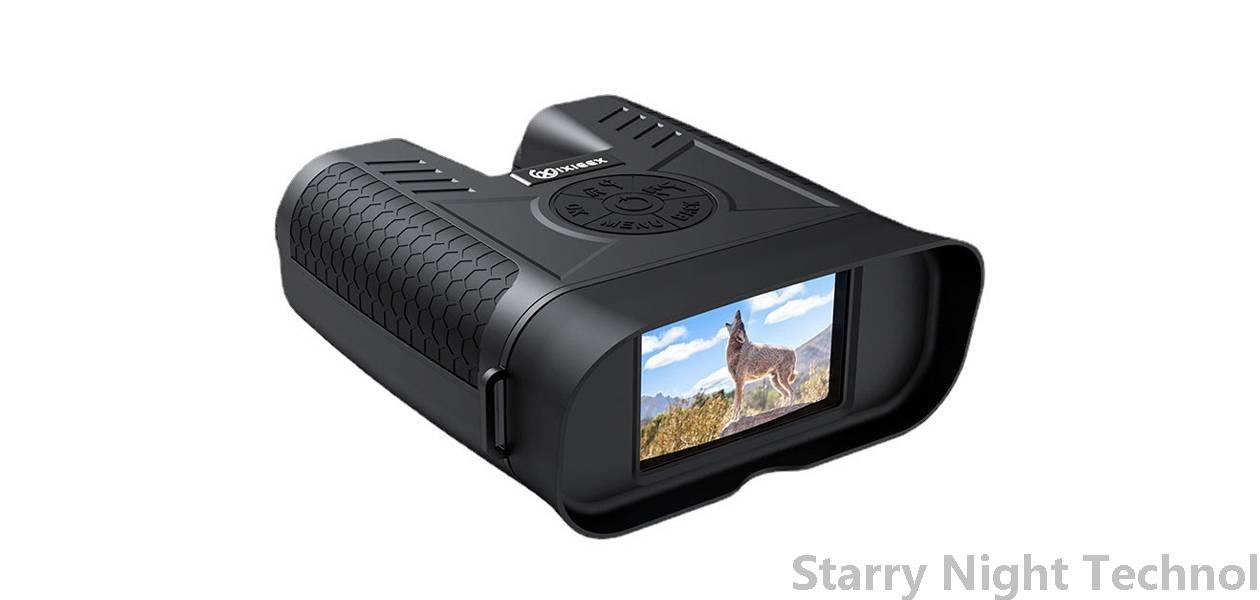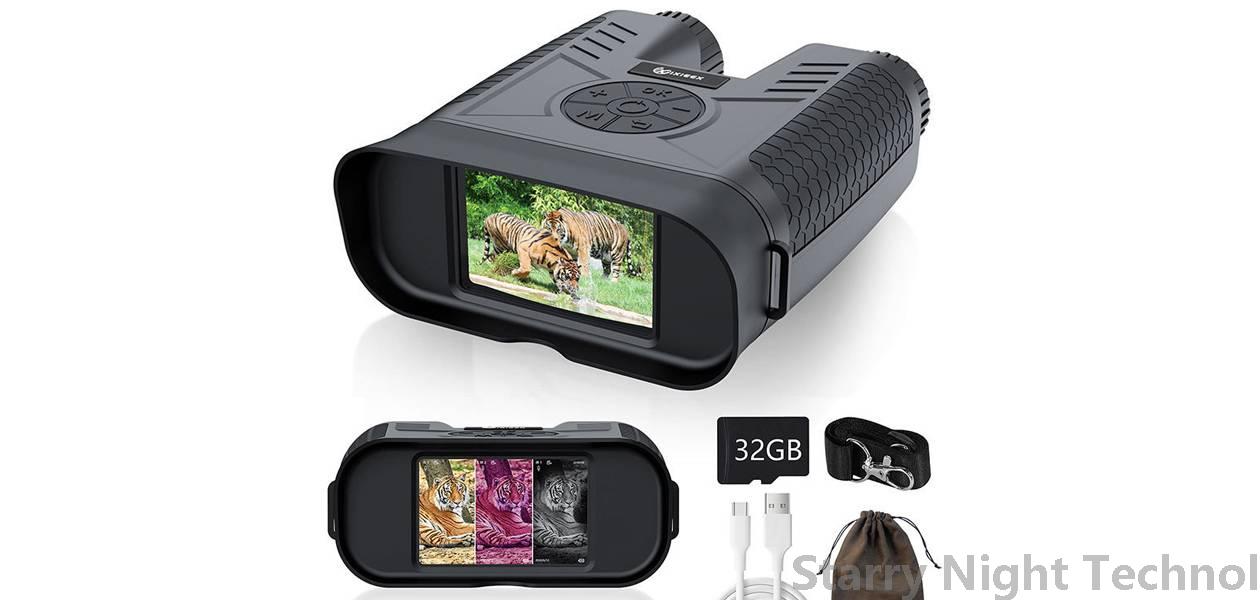The Emerging Role of Night Vision Technology in Astronomy and Space Exploration
1754982019000

### Introduction
Night vision technology, historically a product of military innovation, has been making significant strides into the realm of astronomy and space exploration. Initially designed to enhance visibility in low-light conditions on Earth, advancements in night vision systems have valuable applications beyond terrestrial uses. This article explores how this technology is shaping modern astronomical discovery, enabling more efficient explorations, and fostering greater public engagement with the cosmos.
### The Basics of Night Vision Technology
Night vision technology operates primarily through two methods: image intensification (I2) and thermal imaging. Image intensification involves amplifying available light, such as moonlight or starlight, using photomultiplier tubes that convert photons into electrons. These amplified electrons then strike a phosphor screen, producing a visible image even under darkness. On the other hand, thermal imaging detects infrared radiation emitted by objects, converting it into images that reveal temperature differences rather than relying solely on visible light.
Recent developments in semiconductor materials and algorithms have further improved the sensitivity, resolution, and clarity of night vision devices, opening doors for their application in various scientific fields.
### Enhancing Astronomy
Traditionally, astronomers relied on optical telescopes equipped with sensitive detectors to gather information about celestial objects. However, the advent of night vision technology has revolutionized observatory practices by allowing astronomers to observe fainter phenomena that have previously eluded detection.
1. **Detecting Dim Celestial Objects**: Utilizing night vision equipment enables researchers to identify dimmer stars, distant galaxies, and nebulous formations often overshadowed by brighter counterparts. As a result, this allows scientists to fill gaps in our understanding of stellar formation and evolution, cosmic events, and galaxy increments over vast periods.
2. **Spectroscopy Advancements**: Both I2 and thermal imaging technologies provide enhanced spectroscopic capabilities. Astronomers can now analyze the chemical composition and physical properties of celestial bodies by studying the spectral lines emitted across different wavelengths, thus gathering crucial data about planetary atmospheres, star temperatures, and compositions.
3. **Monitoring Dynamic Events**: Variables like supernovae, gamma-ray bursts, and cometary activities are frequently fleeting yet pivotal phenomena within astronomical research. Night vision technology facilitates ongoing surveillance of these transient events, thereby allowing researchers to document changes and investigate causative processes related to galactic dynamics.
 Astronomy's insights extend well into space exploration missions where night vision technology offers practical benefits.
Astronomy's insights extend well into space exploration missions where night vision technology offers practical benefits.1. **Rover Navigation**: Robotics play an integral role in exploring extraterrestrial environments, especially those characterized by extended periods of darkness—like Mars during winter. Night vision aids rovers in safe navigation by providing visual feedback while avoiding obstacles or hazardous terrain. Enhanced visibility promotes safer landings and optimized exploratory efforts around points of interest.
2. **Astronaut Safety**: For astronauts aboard habitats or spacecraft, ensuring personal safety during spacewalks or extravehicular activities is paramount. Incorporating night vision goggles within helmets ensures that astronauts benefit from augmented visibility when conducting repairs, collecting samples, or performing experiments outside their vehicles in poorly lit areas like lunar craters or asteroid belts.
3. **Satellite Technology**: Earth-orbiting satellites employing night vision technology can assess global changes at night, including urban development patterns, deforestation, or pollution sources. Integrating infrared detection allows satellite operators to capture dynamic climate indicators at times typically overlooked due to lack of daylight imagery.
### Public Engagement and Education
The allure of outer space captivates audiences every day, offering opportunities for outreach and education through advanced technologies like night vision. By adapting existing night-vision hardware for engaging observational programs, organizations can inspire curiosity and knowledge about celestial observation.
1. **Public Star Parties**: Many amateur astronomers host gatherings utilizing night vision optics, granting everyday individuals exposure to a magical visual experience of celestial objects, including planets and nebulae, invisible to standard telescope users. Making science accessible fosters enthusiasm for STEM fields among young minds.
2. **Educational Programs**: Partnerships between educational institutions and observatories enable students to leverage night vision technology to conduct hands-on projects, enhancing classroom learning experiences. Imagine guiding high school students in capturing nocturnal celestial wonders, inspiring future generations of astronomers.
3. **Planetarium Displays**: Planetariums leveraging night vision technology allow visitors to engage throughout scripted presentations showcasing real-time captures of celestial sights like meteor showers, faint comets, and orbital mechanics. Engaging visuals create immersive experiences that leave lasting impressions.
### Conclusion
As humanity continues to push the boundaries of astrophysics and explore far-flung worlds, innovations linked to night vision technology signify transformative implications for both basic scientific inquiries and practical design considerations in space exploration. Fostering closer connections between observers and the cosmos stands as one of night vision’s most profound contributions. Through harnessing the unique attributes of this technology, society effectively bridges the gap between what is known and what remains hidden in the universe, stirring up intrigue and illuminating the path ahead. Ultimately, the alliance of night vision in astronomy heralds an exciting era where the veil separating us from the cosmos grows thinner, unveiling mysteries long coveted by humankind.
Night vision device productsStarry Night Technol

